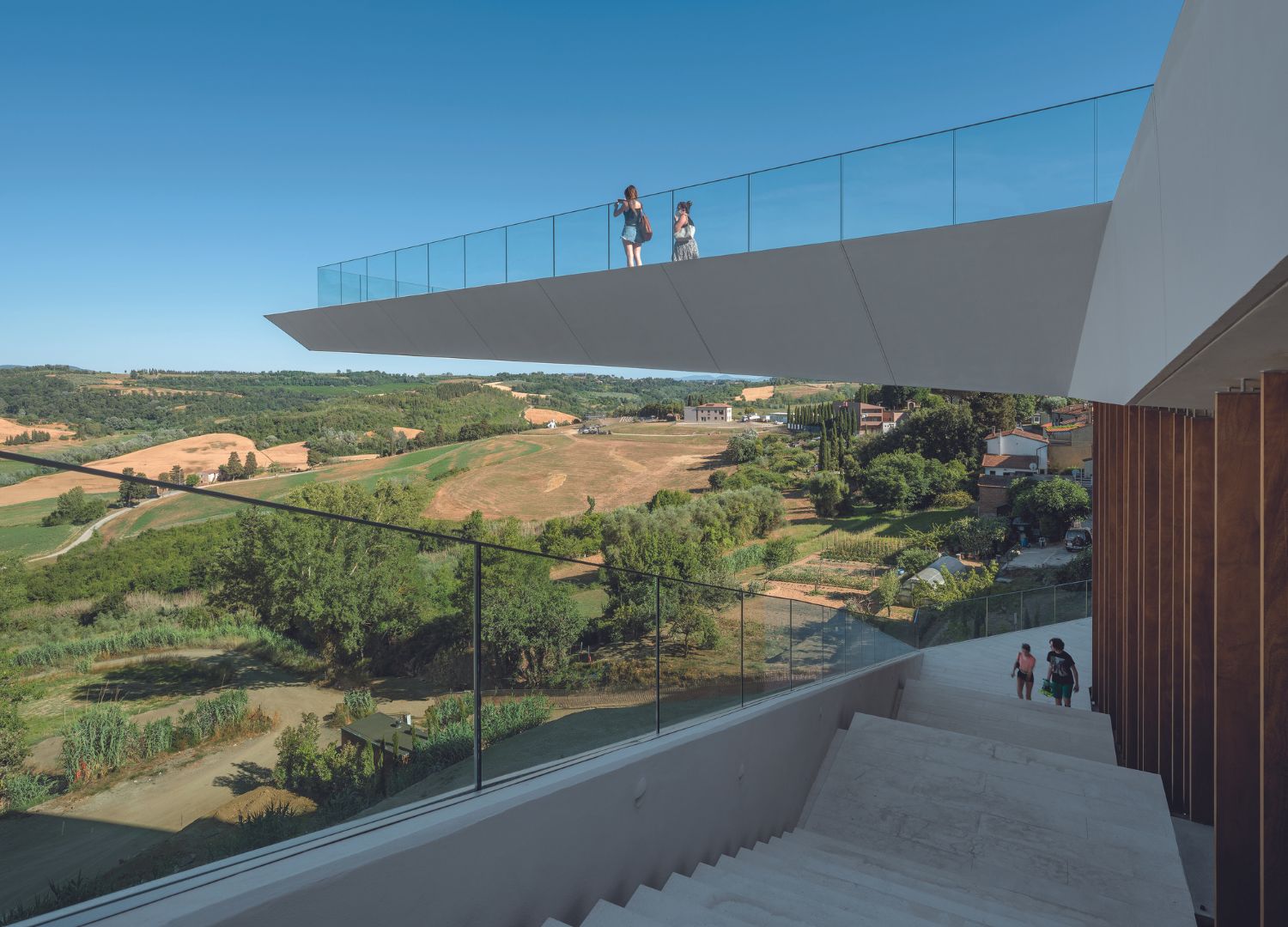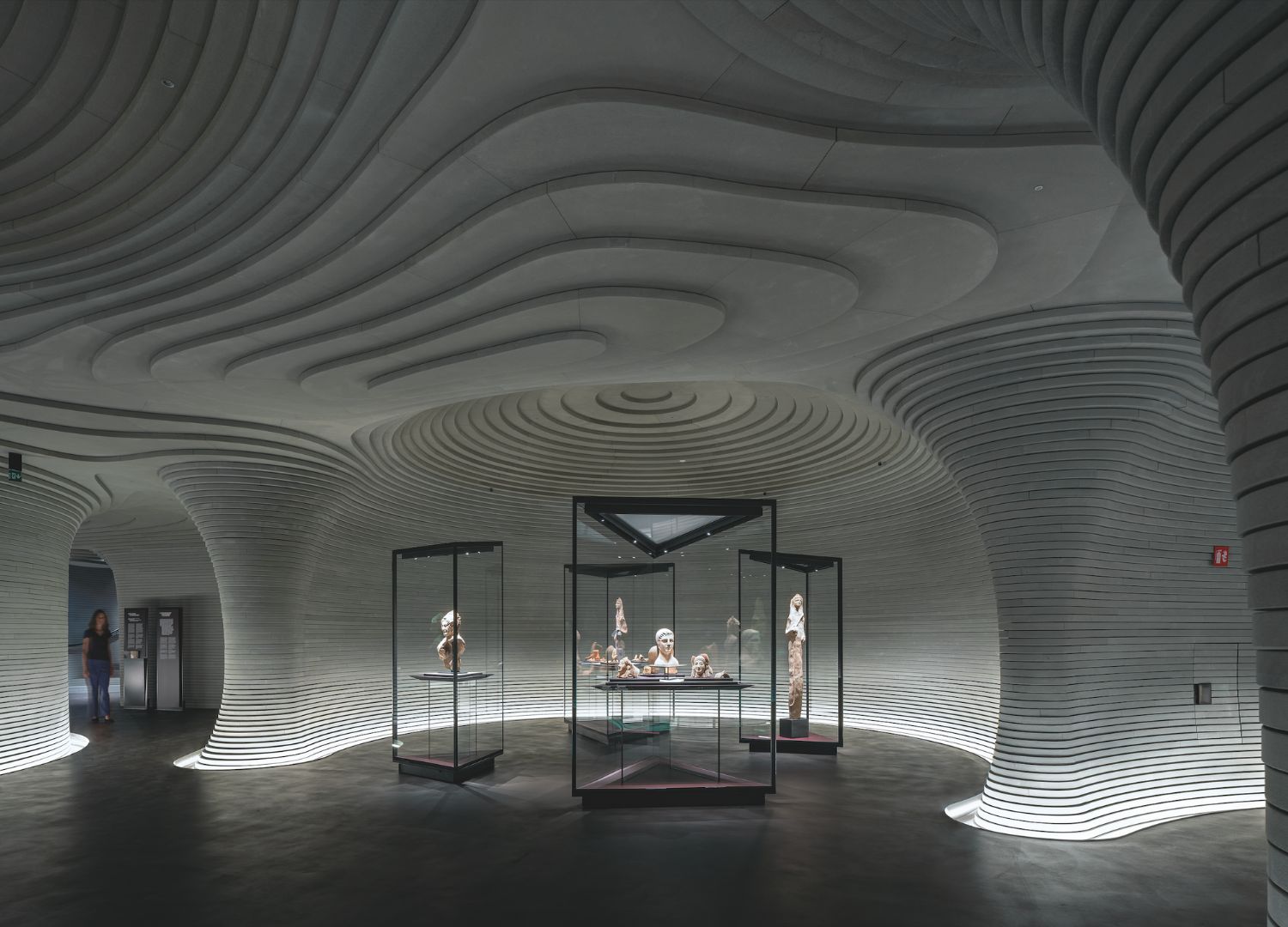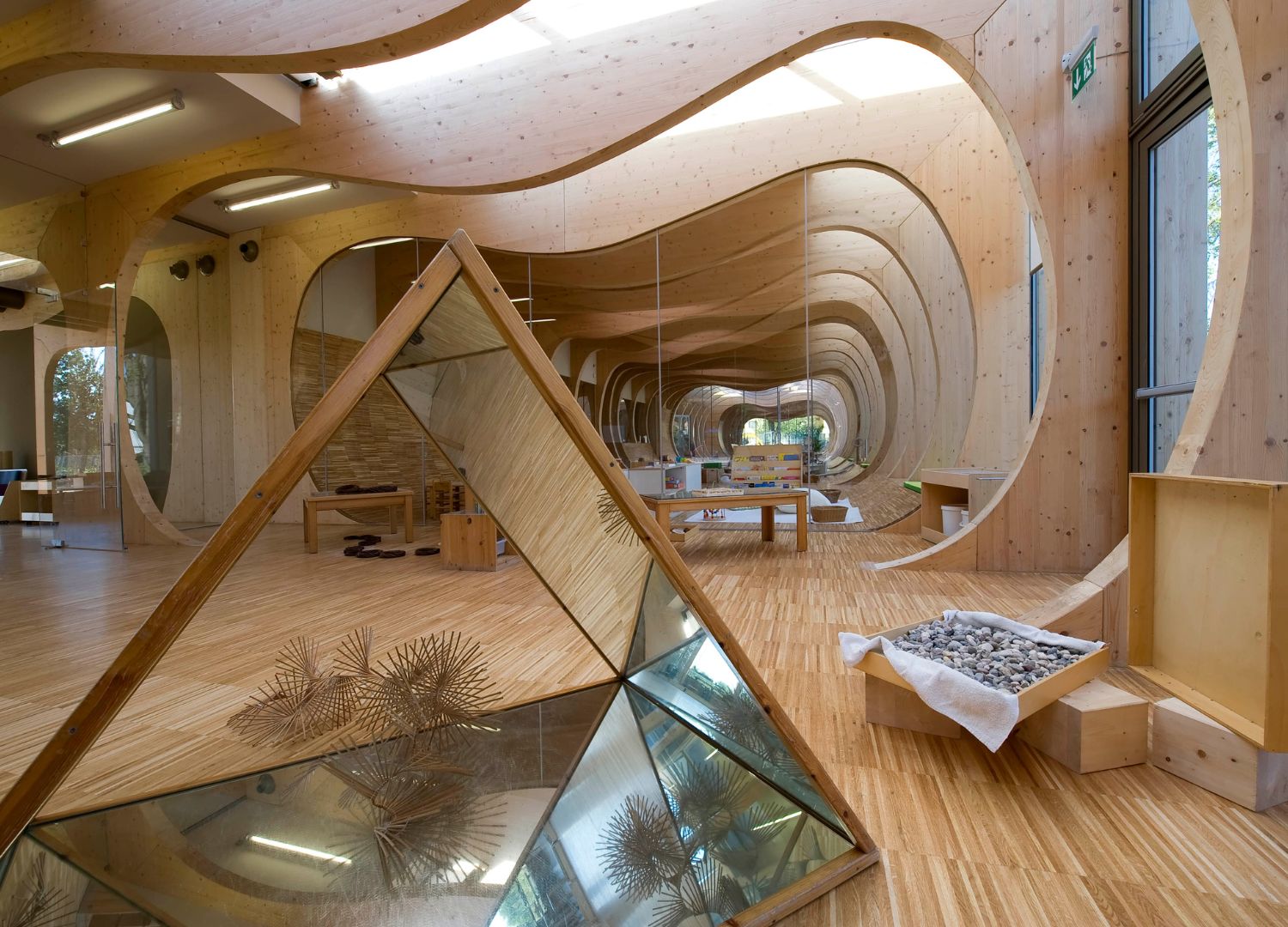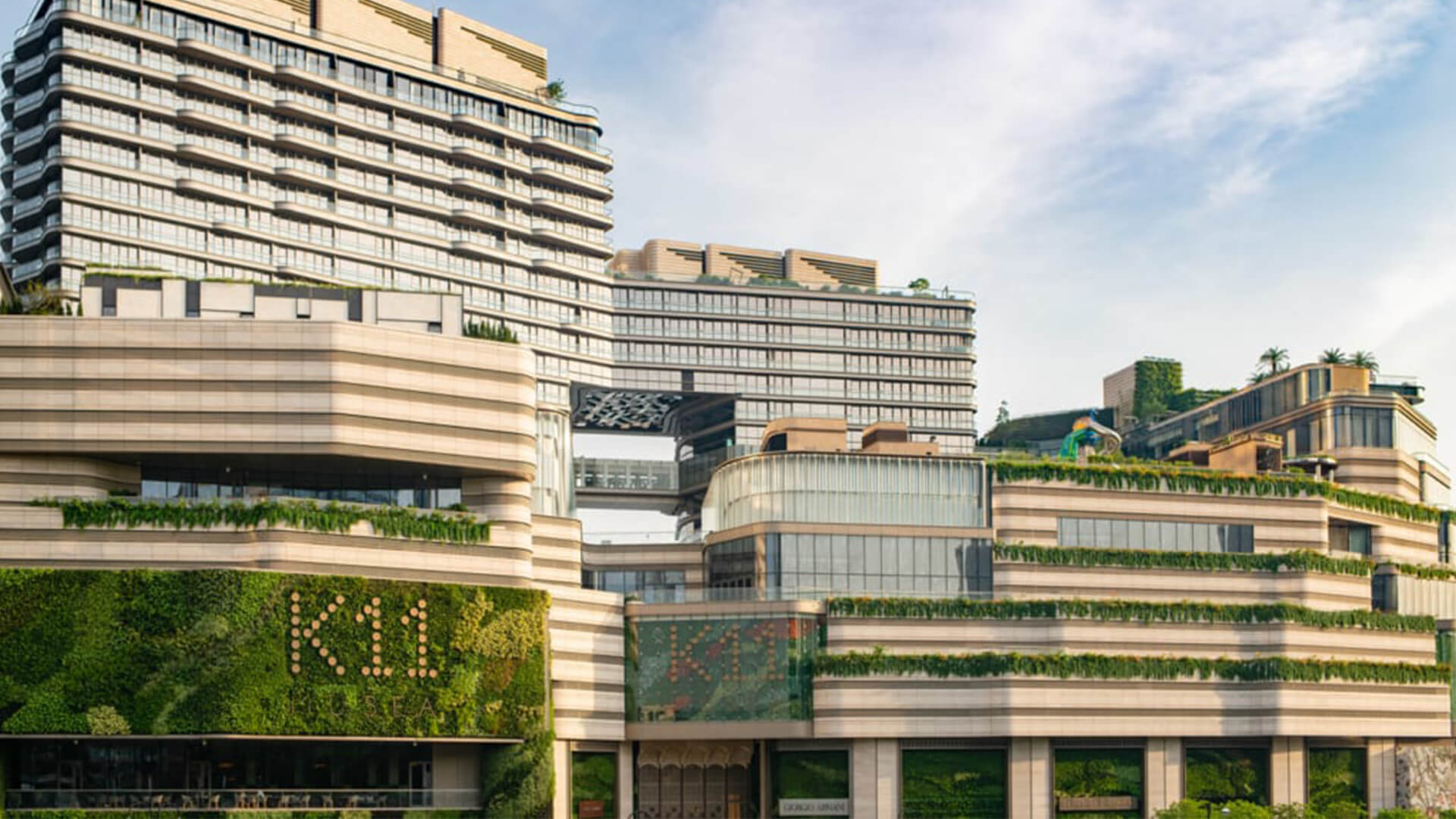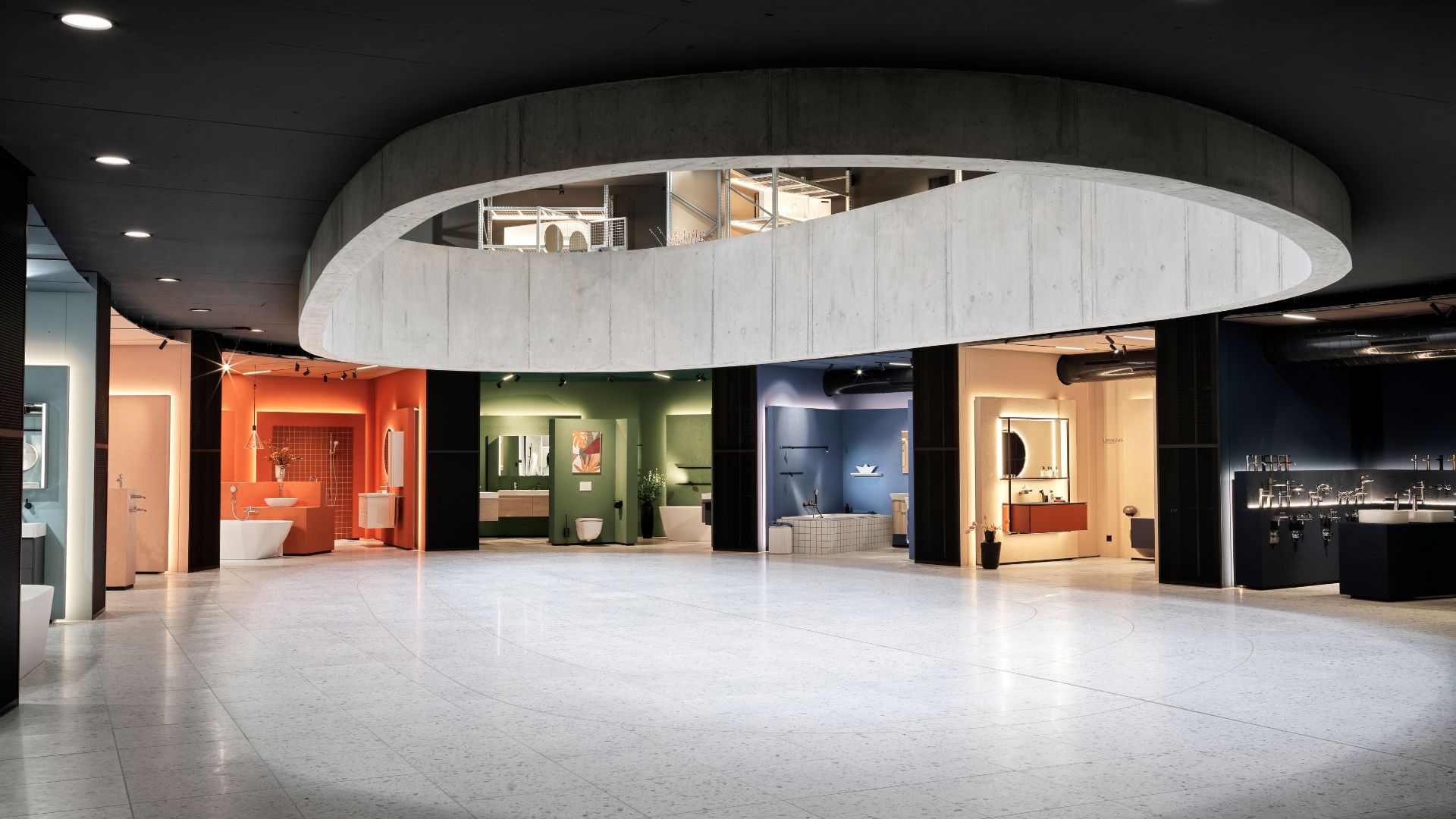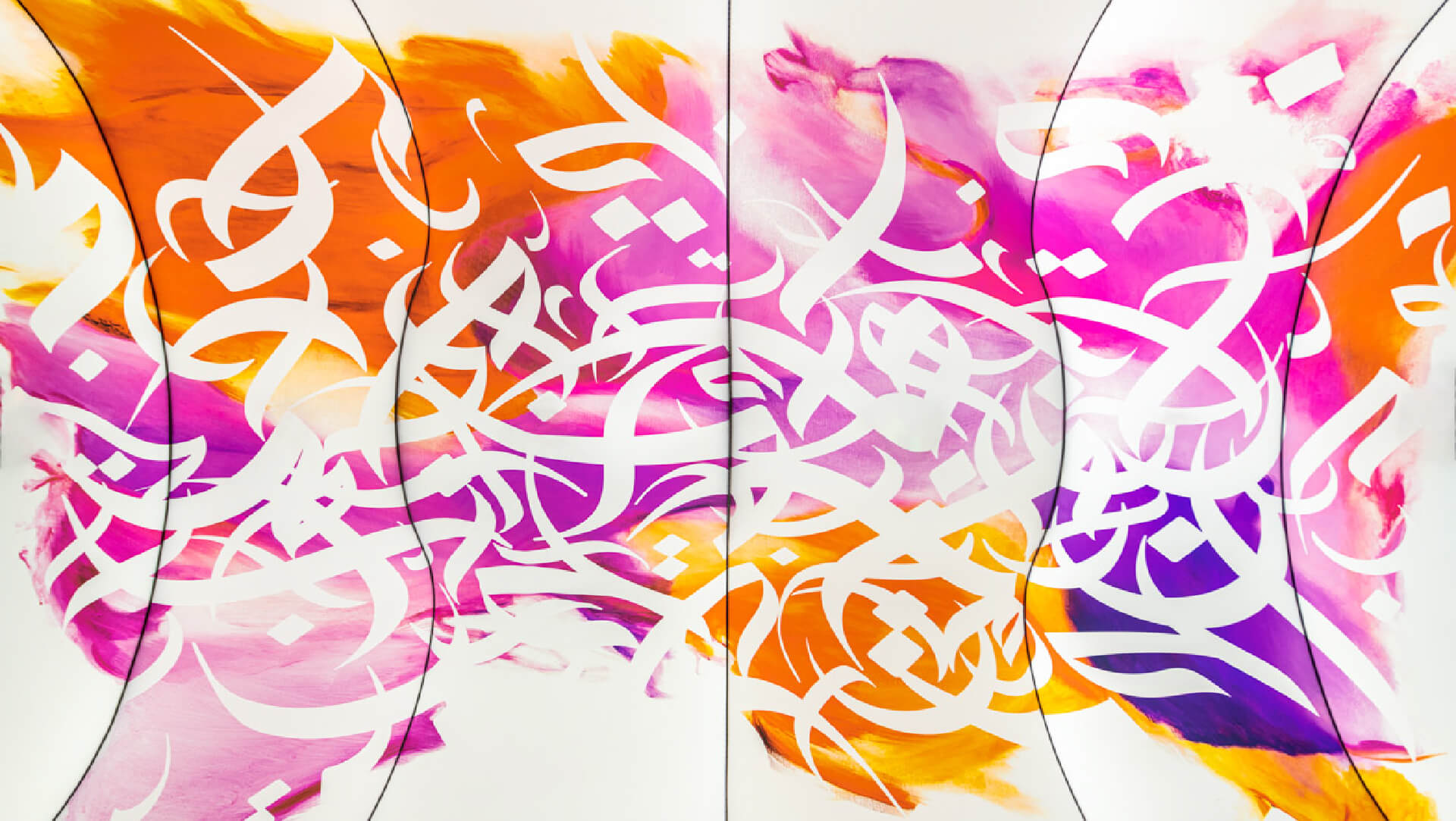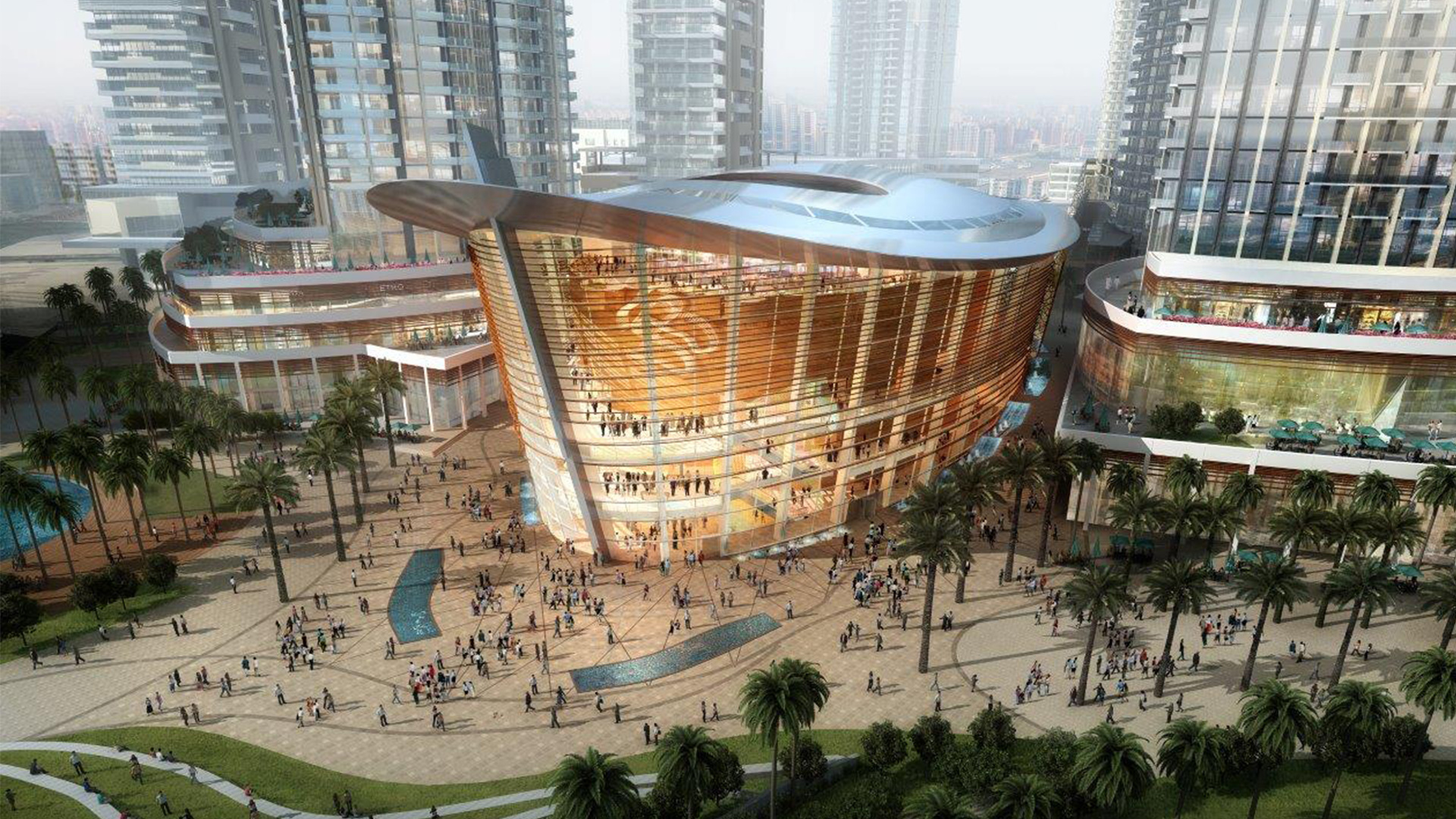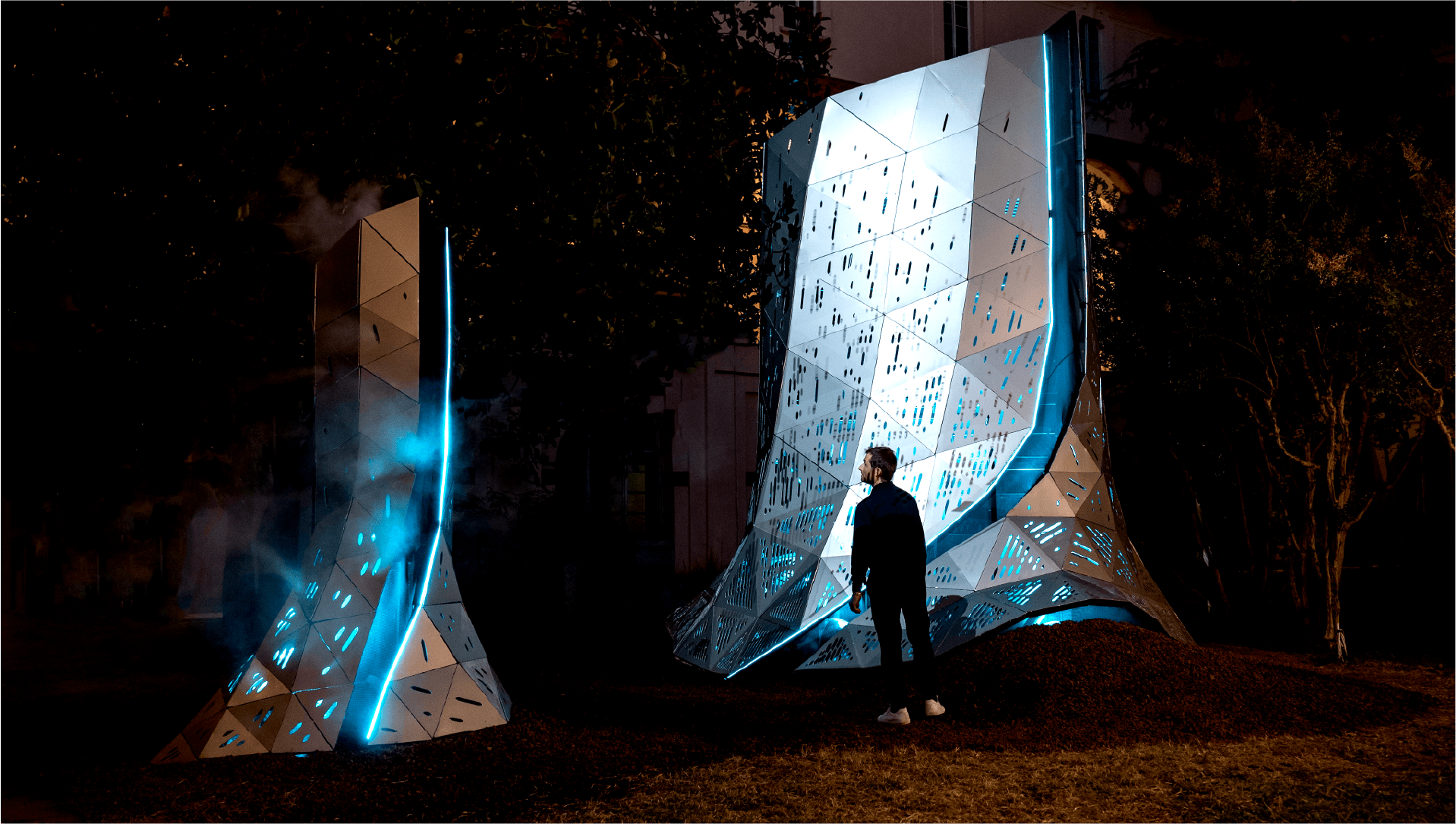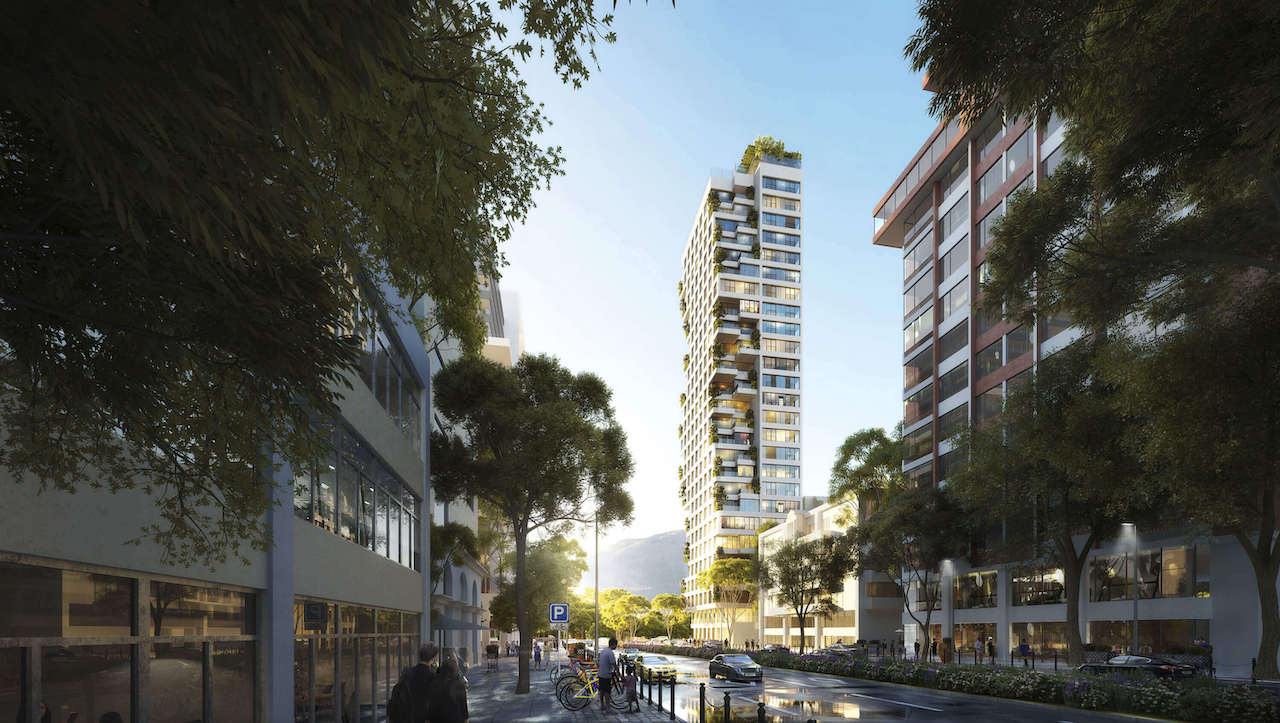Exploring the path from sustainability to aesthetics – interview with Mario Cucinella
The adoption of new sustainability standards and criteria calls for the architectural world to embrace change, meeting emerging challenges that go beyond technology, and encompass the realms of new aesthetics

Introducing Mario Cucinella, a visionary figure in the realm of architecture, whose innovative approach transcends conventional boundaries. The architect’s belief in the importance of addressing environmental challenges has been reflected in his commitment to creating sustainable projects since the very beginning of his career.
With an astute understanding of architecture’s pivotal role in this global endeavor, Cucinella emphasizes that the path to a more sustainable future lies not solely in new constructions but also in reimagining existing structures. His holistic approach intertwines diverse knowledge to tackle the complex challenges ahead, propelling architecture beyond aesthetics to truly make a difference in society.
Sharing a vision that extends beyond mere design, his work seeks to transform the way we live, leaving a profound impact on both our immediate surroundings and the broader world.

After his captivating presentation at the Venice Innovation Design event, I had the privilege of conducting an interview with him to delve deeper into his views on the role of architecture concerning sustainable practices and the workings of his studio.
Can you provide insights into mario cucinella architects’ philosophy and the key principles that drive your design methodology?
Mario Cucinella:
“Our principles are not fixed, so to speak, as project conditions always vary. Our studio’s approach is primarily about addressing specific questions. We have the habit of avoiding a one-size-fits-all method for all projects and instead, we approach each one individually, striving to grasp the core issues.
Equipped with empathy as our tools, we endeavor to interpret situations on a case-by-case basis. From a methodological standpoint, I’ve always believed that one of the fundamental pillars of architecture is its relationship with the climate, as history has shown, not just my opinion.
Take a look around. Removing the climate factor from contemporary architecture has led to a general impoverishment. Today, the criteria for architecture, which should encompass relationships with cities, climates, and society as a whole, have predominantly focused on economic aspects. By relying solely on this criterion, it’s no surprise that architectural works end up looking alike.

However, by placing the environment at the core, we have a factor that inherently influences the choices of architectural language. Of course, laws impose standards and constraints, such as reducing energy consumption, which partly shapes the aesthetics of projects. Nevertheless, what I find most crucial and try to incorporate into our work is interpreting climatic conditions as a creative opportunity—rather than limiting factors—to respond uniquely to different locations.
I have never been a fan of standardized architecture that repeats itself, whether in Berlin, Palermo, or Tunisia. From my perspective, this leads to creative depletion. The notion that an architectural dictionary can be indiscriminately applied to various territories has run its course. I believe we should return to a more empathetic and humble approach toward the places where we work. Instead of exporting models, we should seek to understand and adapt to the unique contexts of each location. These are two approaches that, in my view, differ significantly.”

How do you incorporate sustainability and environmental factors into your architectural designs?
Mario Cucinella:
“The concept of sustainability has gained prominence in recent times, whereas in the past, such considerations were not even on the table. Back then, architects worked with limited resources and the materials at hand. It was only when we realized our actions were no longer sustainable that the issue arose.
To incorporate this concept into the design process, several aspects come into play. One vital aspect is the interpretation that we, as individuals and architects, give to the climate. Additionally, there is a defined roadmap set by regulatory bodies that outlines clear objectives. For instance, achieving a significant reduction in CO2 emissions requires a design approach that goes beyond mere aesthetics.
For example, we now understand that a sustainable building should be at least 70% opaque. This fundamental criterion significantly influences the project, prompting a reevaluation of designs, especially when it comes to fully glazed towers. While we did complete the Unipol project, it demanded considerable technical effort regarding the use of glass. The traditional approach can still work, provided we know how to adapt while staying within the boundaries of sustainability.

Despite the established roadmap, the interpretation that each architecture firm brings to this topic remains essential. Some may view it as a constraint, while others see it as an opportunity for innovative designs. As a result, I believe there is a transitional phase that not only focuses on ecological aspects but also on aesthetics, which calls for architects to acquire new skills.
For a long time, academia favored aesthetics for aesthetics’ sake. If a building functioned well and met sustainability criteria, that was considered sufficient; otherwise, it became someone else’s problem. However, this is a profession that requires professional expertise, and we should avoid getting lost in unproductive debates, oscillating between formalism and poetry. Of course, if poetry includes holistic thinking, it is an integral part of my approach.
Nonetheless, architecture is a serious matter, extending beyond a mere succession of formal lines. Success is achieved by combining knowledge, broader visions, and deeper thoughts. Emphasizing aesthetics alone to celebrate a project falls short of the mark.”
Can you provide a few instances of projects where you’ve effectively combined innovative design solutions with environmental awareness?
Mario Cucinella:
“One project I can mention is the Guastalla nursery school. I consider it successful in this regard because it encompasses various aspects. On one hand, it’s a wooden building, making it both sustainable and safe for children, with an overall focus on sustainability. It incorporates concealed photovoltaic panels, rainwater harvesting, and seamless integration with the surroundings. Its strategic orientation allows ample natural light to flood in, significantly impacting the occupants’ quality of life.

For me, sustainability isn’t just about technological innovation; it’s about a project thoughtfully designed to have a positive impact on both the environment and people. The aim was to reduce consumption through architectural solutions.
Similarly, the Etruscan museum (Art Museum of Fondazione Luigi Rovati) is a semi-hidden structure where the focus was on creating an underground building that doesn’t require air conditioning. The ventilation system passes through the stones, maintaining a cool temperature.
Another notable example is the Palazzo Senza Tempo in the historic center of Peccioli. At first glance, it might appear to be just a bridge, leaving one to wonder, “Where is the sustainability?” While the project indeed adheres to all efficiency regulations and formal characteristics, what I want to emphasize is the social impact that building has on the town. It has become a new gathering place for people.
Personally, I like to think that sustainability is an interweaving of technological knowledge and social relevance. These two aspects are deeply connected. Otherwise, if sustainability were solely about technology, an engineer could create a box filled with high-tech gadgets, but architecture is so much more than that.”

Can you provide some details about your design process?
Mario Cucinella:
“It’s challenging to rationalize. We work with an approximation process, much like navigating through fog. When we start a project, we activate all our synapses, connecting past experiences with the present, seeking the best solutions through continuous feedback. Initially, it’s a blank canvas. Based on the information gathered during this journey, we make decisions. This process of analysis, experimentation, and adaptation gradually unveils clarity.
The notion of an architect having a stroke of genius while sitting at a desk is far from reality.
Creative processes involve layering and evolution, where data intertwines, and we learn if our solutions work or not, prompting us to revise if necessary. Therefore, our approach is characterized by approximation, leading us to achieve the best possible result.
This is because the initial solution may not always be the right one. In some cases, after a lengthy journey, we may circle back to the original idea. It’s a challenging process, but that’s the nature of it. To reach the most accurate answer, we must persist without fear. Combining the knowledge of different roles and blending data with inspiration leads to the final outcome. For instance, the Guastalla nursery school was inspired by the tale of Pinocchio. However, a different inspiration could have steered the project in another direction.
The ingredients in our design process can be highly diverse. However, we carefully guide everything to ensure we move forward in a coordinated and effective manner. It’s a collaborative journey, where continuous discussions and collective problem-solving play essential roles. Nevertheless, the studio retains a partial democratic aspect, as ultimately, someone must make the decisions.”

Would you mind sharing a notable challenge or key takeaway from a significant project you’ve worked on in your career, and how it has shaped your architectural philosophy?
Mario Cucinella:
“There have been numerous moments that left a lasting impression. One of these, for instance, occurred at the early stages of my career when I was working at Renzo Piano’s studio. I took part in an international competition organized by the International Union of Architects (UIA), which I prepared alone, burning the midnight oil, and to my delight, I emerged as the winner among 600 participants.
This pivotal moment made me realize that the environmentally-driven approach I presented, though simple, could potentially be the seed for a path that deeply fascinated me. It marked a turning point, prompting me to leave behind a prestigious studio and venture into my own personal career.
Sometimes, the turning point can be a competition, while at other times, it comes in the form of a demanding client’s request, which was the case with the Etruscan Museum. Both personally and as part of my studio, I took on a subject I was familiar with but had never before explored. Dealing with a collection dating back 2500 years, within the confines of a historic building and working underground, demanded a profound process of reflection, free from preconceived notions about museum models. It proved to be a challenging project, yet it became an important stepping stone in my professional growth.”

What, in your opinion, is the role of architecture in addressing the challenges of climate change and creating more sustainable cities?
Mario Cucinella:
“The underlying principles align with the European Roadmap, providing a clear direction to follow, extending beyond just architecture, even though it contributes significantly to 40% of emissions. However, there’s another aspect to consider.
Architects can construct new buildings that meet regulatory standards but also exceed them. Nevertheless, the real challenge lies not only in new constructions but predominantly in the older buildings from the past. Italy alone houses approximately 30 million properties, with only a fraction being energy-efficient. In this discussion, what surprises me is the focus on addressing such a substantial environmental impact through a limited number of new projects. There’s much to be done, particularly concerning past projects that require improvement interventions.
Even small changes and improvements can yield significant results. For instance, upgrading windows in historical or older buildings can lead to reduced energy consumption. Enhancing public transportation would reduce the number of cars on city roads, among other solutions. I find it somewhat amusing when architects celebrate new, ultra eco-friendly buildings. While beautiful, they alone cannot resolve the broader issue. Although they are certainly steps in the right direction, we must also address other aspects to make a genuine impact.

Furthermore, I believe that one of the architect’s missions is to integrate knowledge beyond mere building design. The theme, from my perspective, revolves around reimagining how we live. Constructing new and remarkable high-performance buildings isn’t enough; we need a comprehensive vision and more profound intervention.
Unfortunately, Italian politics haven’t been as supportive. Despite occasional announcements and proclamations, the term ‘architecture’ rarely arises from those in power. This highlights that, at least in our country, architects aren’t recognized to the extent they are in other places like Paris, where architecture has become part of the political agenda, or the Scandinavian countries. In these nations, architects are integral stakeholders of civil society. Here, we need someone who appreciates the value of architecture as a potent agent of change, facing the challenges ahead.
On the architects’ part, it’s crucial to go beyond creating awe-inspiring works. As mentioned, a holistic approach is essential, encompassing sustainability across multiple fronts and dimensions.”






